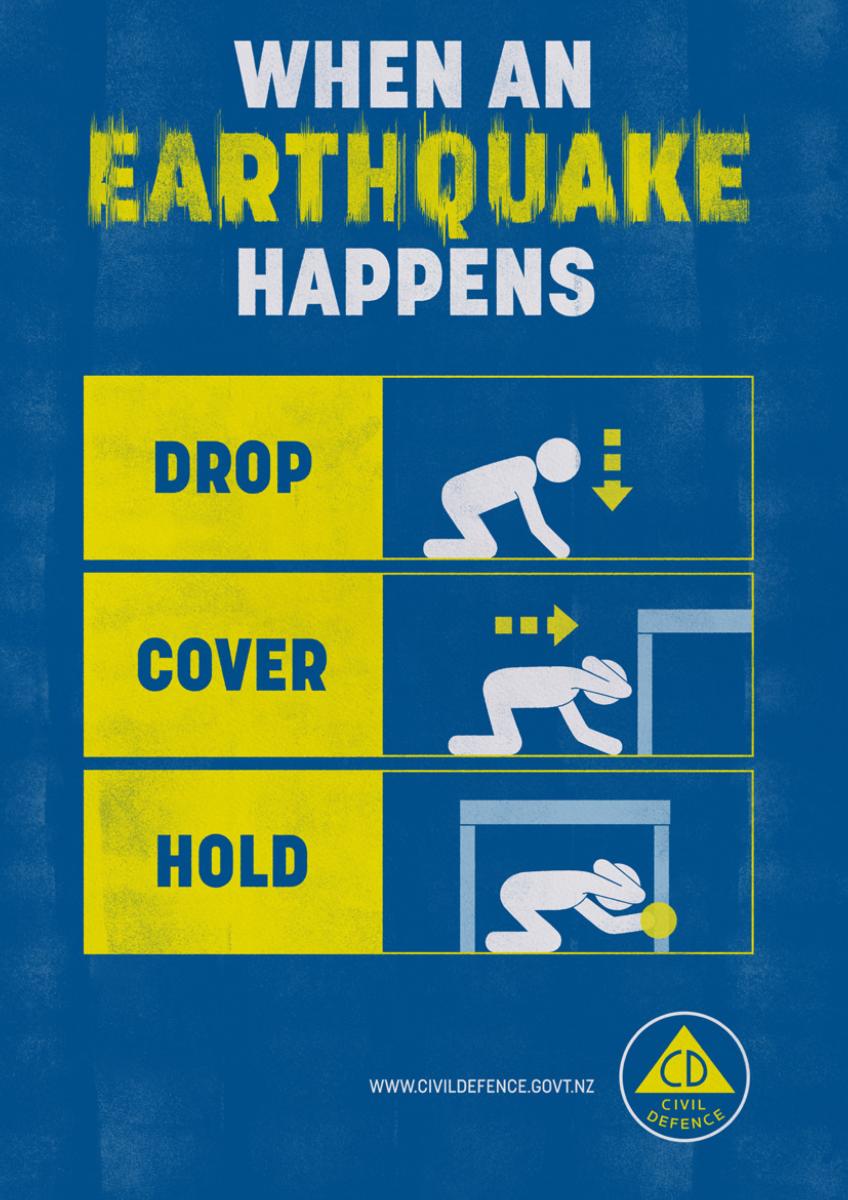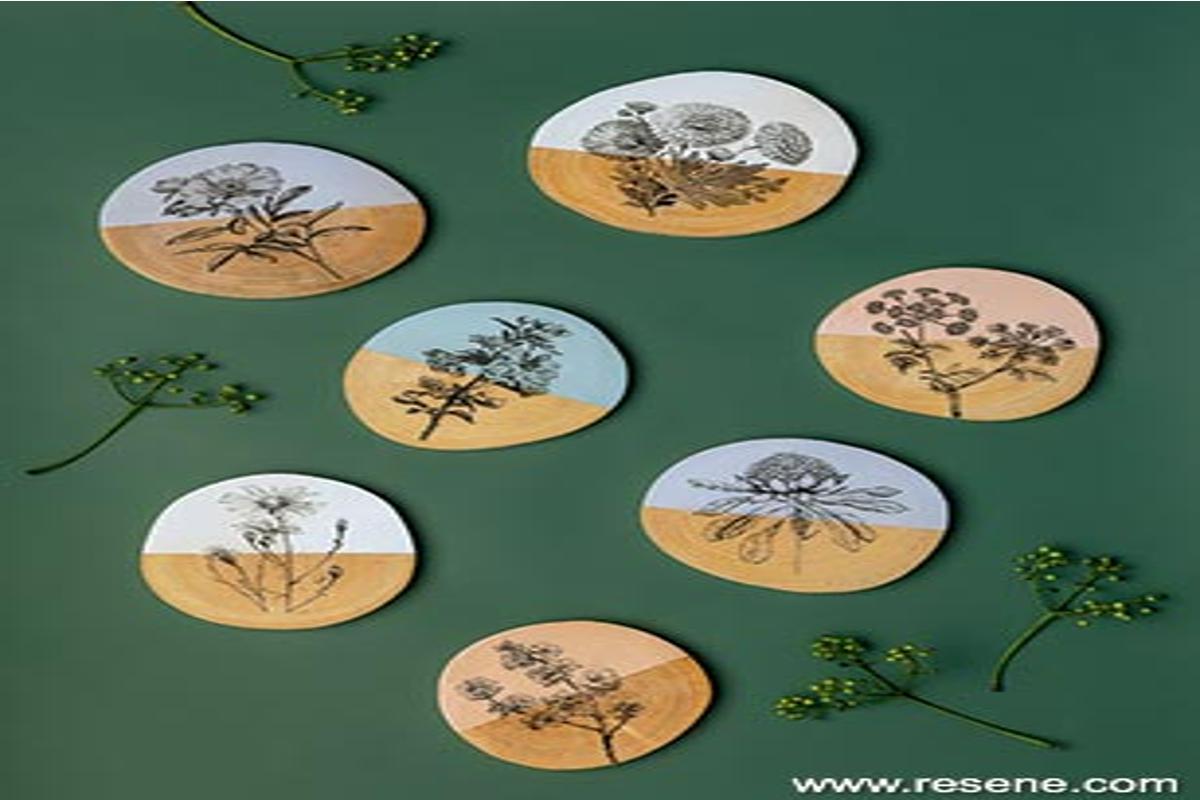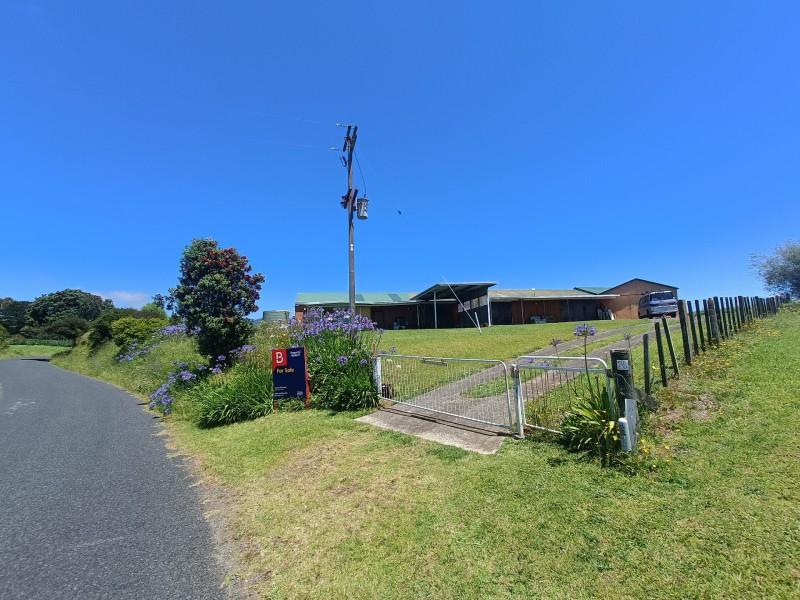
Know what’s happening
Access the private noticeboard for verified neighbours near you. Keep informed about any suspicious activity, send urgent updates to your neighbours when required and discuss emergency planning.
Get to know your neighbours
Browse the directory and start getting to know your neighbours. Don’t want to post to the whole neighbourhood? Send a private message.
Buy, sell and give away
Want to declutter your garage? Buy some used household items? Give away some garden stuff? Become a verified neighbour to browse and post items for sale. Trading is simple when everyone lives nearby.

Needing new school uniform items?
Or have some to sell? Post on Neighbourly

Thank you for using Neighbourly
You may receive an email confirmation for any offer you selected. The associated companies will contact you directly to activate your requests.
Get in quick, there's only a few days to go in our Local Likes competition. Nominate your favourite local business by telling your neighbours why they're best in their field and be in the draw to win a $50 voucher to go and spend with them. Get in quick, this ends Sunday!
… View moreGet in quick, there's only a few days to go in our Local Likes competition. Nominate your favourite local business by telling your neighbours why they're best in their field and be in the draw to win a $50 voucher to go and spend with them. Get in quick, this ends Sunday!
Share your business shout-out now.

The Team from Neighbourhood Support New Zealand
Join the rest of the motu on October 28 by taking part in our national earthquake drill and tsunami hīkoi, ShakeOut. Signing up only takes 2 minutes and when you do, you’ll be entered to win a personal emergency grab bag or civil defence wheelie bin kit from NZ Civil Defence.
ShakeOut takes … View moreJoin the rest of the motu on October 28 by taking part in our national earthquake drill and tsunami hīkoi, ShakeOut. Signing up only takes 2 minutes and when you do, you’ll be entered to win a personal emergency grab bag or civil defence wheelie bin kit from NZ Civil Defence.
ShakeOut takes place around the world to remind people of the right action to take during an earthquake:
DROP - down on your hands and knees. This protects you from falling but lets you move if you need to.
COVER - your head and neck (or entire body if possible) under a sturdy table or desk (if it is within a few steps of you). If there is no shelter nearby, cover your head and neck with your arms and hands.
HOLD - on to your shelter (or your position to protect your head and neck) until the shaking stops. If the shaking shifts your shelter around, move with it.
Head to www.shakeout.govt.nz... to sign up today and get involved!

Our short course will give you the skills to stay connected with your whānau and friends.
Learn how to get online safely and navigate websites and apps with confidence.
We’ll show you how to:
• send and check emails
• use tools to create, organise, and connect … View moreOur short course will give you the skills to stay connected with your whānau and friends.
Learn how to get online safely and navigate websites and apps with confidence.
We’ll show you how to:
• send and check emails
• use tools to create, organise, and connect with the digital world
• solve common problems using online resources
• explore day-to-day tasks such as online shopping and banking
• stay safe when you’re online
• online and face-to-face class options available
Free classes | Book now - 0800 526 672
Find out more

The Team from Digital Boost
Knowing your way around a BBQ is one thing, but turning that talent into a business is another skill altogether. Rum & Cue is an award-winning meat rub side-hustle that’s just been taken full-time - here’s their story
Head to Digital Boost today (for free) and before long you, too, could… View moreKnowing your way around a BBQ is one thing, but turning that talent into a business is another skill altogether. Rum & Cue is an award-winning meat rub side-hustle that’s just been taken full-time - here’s their story
Head to Digital Boost today (for free) and before long you, too, could be transforming a weekend passion into the business of your dreams.
Sign up now

The Team from NZ House & Garden Tours
Do you love all things homes, interiors and gardens? If so, we have the perfect event for you!
Our ever-popular sellout NZ House & Garden Tours are back for 2022! 🏡 🌸
We’re visiting locations across the country, so make this summer one to remember and join us as we step inside the … View moreDo you love all things homes, interiors and gardens? If so, we have the perfect event for you!
Our ever-popular sellout NZ House & Garden Tours are back for 2022! 🏡 🌸
We’re visiting locations across the country, so make this summer one to remember and join us as we step inside the pages of NZ House & Garden magazine exploring some of the most interesting homes in Aotearoa. Plus it's all for a good cause, with proceeds from tickets sales going towards Breast Cancer Foundation NZ.
Tickets are now on sale. To book and to find out more about all the tour options available, check out our website: www.nzhouseandgardentours.co.nz...

32 replies (Members only)
The Team from Neighbourhood Support New Zealand
To help Neighbourhood Supporters across the country get better prepared this month, we’ve teamed up with National Emergency Management Agency to give away an emergency preparedness grab n’ go bag to 2 lucky winners.
Head to our Facebook or Instagram to enter:
facebook.com/nsnewzealand
… View moreTo help Neighbourhood Supporters across the country get better prepared this month, we’ve teamed up with National Emergency Management Agency to give away an emergency preparedness grab n’ go bag to 2 lucky winners.
Head to our Facebook or Instagram to enter:
facebook.com/nsnewzealand
instagram.com/neighbourhoodsupportnz/

Advertise your entry-level and apprentice roles with Competenz through our Free online job board, we have pre-qualified and motivated jobseekers ready to match with your organisation.
Find your next apprentice with Competenz!

We’re very excited to announce NZ Compare as our new Neighbourly partner.
NZ Compare help Kiwis compare what’s out there, discover new products and services, and save on utility bills, online shopping and financial services.
We look forward to working alongside NZ Compare as they help our … View moreWe’re very excited to announce NZ Compare as our new Neighbourly partner.
NZ Compare help Kiwis compare what’s out there, discover new products and services, and save on utility bills, online shopping and financial services.
We look forward to working alongside NZ Compare as they help our Neighbourly community save time, money, and hassle, at the shops and services that help us live better, more connected local lives.
Please join us in welcoming NZ Compare and stay tuned for tips and tricks on how you can save on everything from your household bills to takeaways, as well as plenty more exciting and informative content.
Learn more

The people who live in Ryman villages remain true to themselves, whether that’s continuing with their passion, making the most of every minute, challenging themselves to learn something new, or surrounding themselves with people who like to have fun.
As Lynette, a resident at Edmund Hilary … View moreThe people who live in Ryman villages remain true to themselves, whether that’s continuing with their passion, making the most of every minute, challenging themselves to learn something new, or surrounding themselves with people who like to have fun.
As Lynette, a resident at Edmund Hilary village, says “A lot of people still believe that you're going to a rest home. They don't know the concept of a retirement village. You go there, it's beautiful. You've got facilities. You've got activities. And you don't stop living.”
Retirement is a chapter of life that’s filled with possibility. Choose the lifestyle you want to live and proudly embrace every opportunity. It’s what Ryman residents do.
Learn more
Great products shouldn’t cost the earth.
Which is why at the Warehouse we’re bringing you more sustainable products with sound credentials from global leaders like the Forest Stewardship Council (FSC) and Better Cotton Initiative (BCI), as well as less packaging waste.
… View moreGreat products shouldn’t cost the earth.
Which is why at the Warehouse we’re bringing you more sustainable products with sound credentials from global leaders like the Forest Stewardship Council (FSC) and Better Cotton Initiative (BCI), as well as less packaging waste.
Shop online or in-store over 6,000 sustainable products that are better for the planet and your pocket.
Sustainable & Affordable. It means more choice.
Find out more

The Team from Resene ColorShop Whakatane
Impress your guests and protect surfaces with these unique wooden coasters using your favourite Resene testpot colours.
Find out how to create your own.

Now's a great time to get your painting, staining and wallpapering jobs underway.
Get 30% off Resene premium paints, wood stains, primers and sealers 4L and under including Resene testpots, 30% off our huge range of wallpaper, 25% off Resene premium paints, wood stains, primers and … View moreNow's a great time to get your painting, staining and wallpapering jobs underway.
Get 30% off Resene premium paints, wood stains, primers and sealers 4L and under including Resene testpots, 30% off our huge range of wallpaper, 25% off Resene premium paints, wood stains, primers and sealers, 25% off decorating accessories and 25% off Resene cleaning products!
Discounts off the normal retail price at your local Resene owned ColorShop and participating reseller until 31 October 2021. Paint offers are also available at Mitre 10 MEGA and selected Mitre 10 and Hammer Hardware stores. Excludes WallPrint, decals, Crown, trade and industrial products, PaintWise levy and account sales.
Visit your local Resene ColorShop or reseller and enjoy these great savings.
Find out more

Robert Anderson from
Curtains are essential for a warm, healthy home. Here's what to know as a renter to get the most out of your curtains.
Whether a green paisley swirl or a modern muted linen, curtains are essential for a healthy home. More important than the material is the way they’re installed.
When … View moreCurtains are essential for a warm, healthy home. Here's what to know as a renter to get the most out of your curtains.
Whether a green paisley swirl or a modern muted linen, curtains are essential for a healthy home. More important than the material is the way they’re installed.
When warm air hits cold glass, two things happen: the warm air escapes and the newly cooled air forms condensation on the window pane.
The best way of dealing with this is by keeping warm air away from the window with curtains and blinds, which creates a pocket of air between the window and the window covering.
Getting the most out of curtains:
• Ideally, they should touch the floor and the track and curtain should be wider than the window frame. The most important part is to cover the whole window and create a seal against the cold air.
• They should fit tightly against the wall or window frame. Sometimes changing the type of track they’re hung on can close a gap between the window and the curtain. For example, rods and rails are often installed a few centimetres out from the window, which means there can be big gaps and no seal created.
• Pelmets can help to decrease heat loss, but won’t stop it completely.
• Curtains with two layers can increase heat retention, but how they’re fitted is most important.
• Net curtains, installed very close to the window and in contact with the window frame, can be effective.
• Blinds need to be installed snugly inside the window frame to be effective. If they sit out from the window, or if there are gaps between the blind and the frame, they’re not going to keep the heat in.
• Remember to open curtains every morning to make the most of the sun’s heat, and close them at sundown to keep that heat in.
Keep reading: www.curtainclean.co.nz...

If an emergency happens, you know they’re here to help.
If your property catches fire or you’re in a car crash, it is the volunteers and career firefighters of Fire and Emergency New Zealand who come running to help.
As soon as that siren goes, they drop what they’re doing and put your … View moreIf an emergency happens, you know they’re here to help.
If your property catches fire or you’re in a car crash, it is the volunteers and career firefighters of Fire and Emergency New Zealand who come running to help.
As soon as that siren goes, they drop what they’re doing and put your safety first.
Behind our tremendous volunteers are another group of community heroes, who get less attention but are vital to Fire and Emergency.
It’s the employers and co-workers who support our volunteers at work, knowing that at any moment they may need to leave and respond to a crisis.
Did you know Fire and Emergency give recognition to the local businesses who support this important work with the Proud Employer mark?
Look out for this mark on businesses in your community or find out which of your local businesses are Proud Employers of Fire and Emergency volunteers here.
And you can show your support for our hardworking fire crews by making a comment on this post – why not share a tribute you would like to make to our firefighters.
Pictured here are four of the 12,000 volunteers who work across the country. Left to right: Marshall (Marsh) Anderson, Jarrad West, Iain Powell, and Marsh’s brother Ti Anderson. All work at Fonterra and volunteer for the local fire brigade.

 Loading…
Loading…
Are you sure? Deleting this message permanently removes it from the Neighbourly website.
 Loading…
Loading…

 By Negotiation
By Negotiation

 Marketed by Brooke Woolsey
Marketed by Brooke Woolsey

 $560,000
$560,000



 Marketed by Michelle Stephenson
Marketed by Michelle Stephenson

 $915,000
$915,000



 Marketed by Michelle Stephenson
Marketed by Michelle Stephenson

 Tender
Tender


 Marketed by Jami Botha
Marketed by Jami Botha

 Auction
Auction



 Marketed by Michelle Stephenson
Marketed by Michelle Stephenson

 Auction
Auction

 Marketed by Michelle Stephenson
Marketed by Michelle Stephenson

 $639,000
$639,000



 Marketed by Michelle Stephenson
Marketed by Michelle Stephenson

 Auction
Auction



 Marketed by Matt Stephenson
Marketed by Matt Stephenson
© Neighbourly 2025
